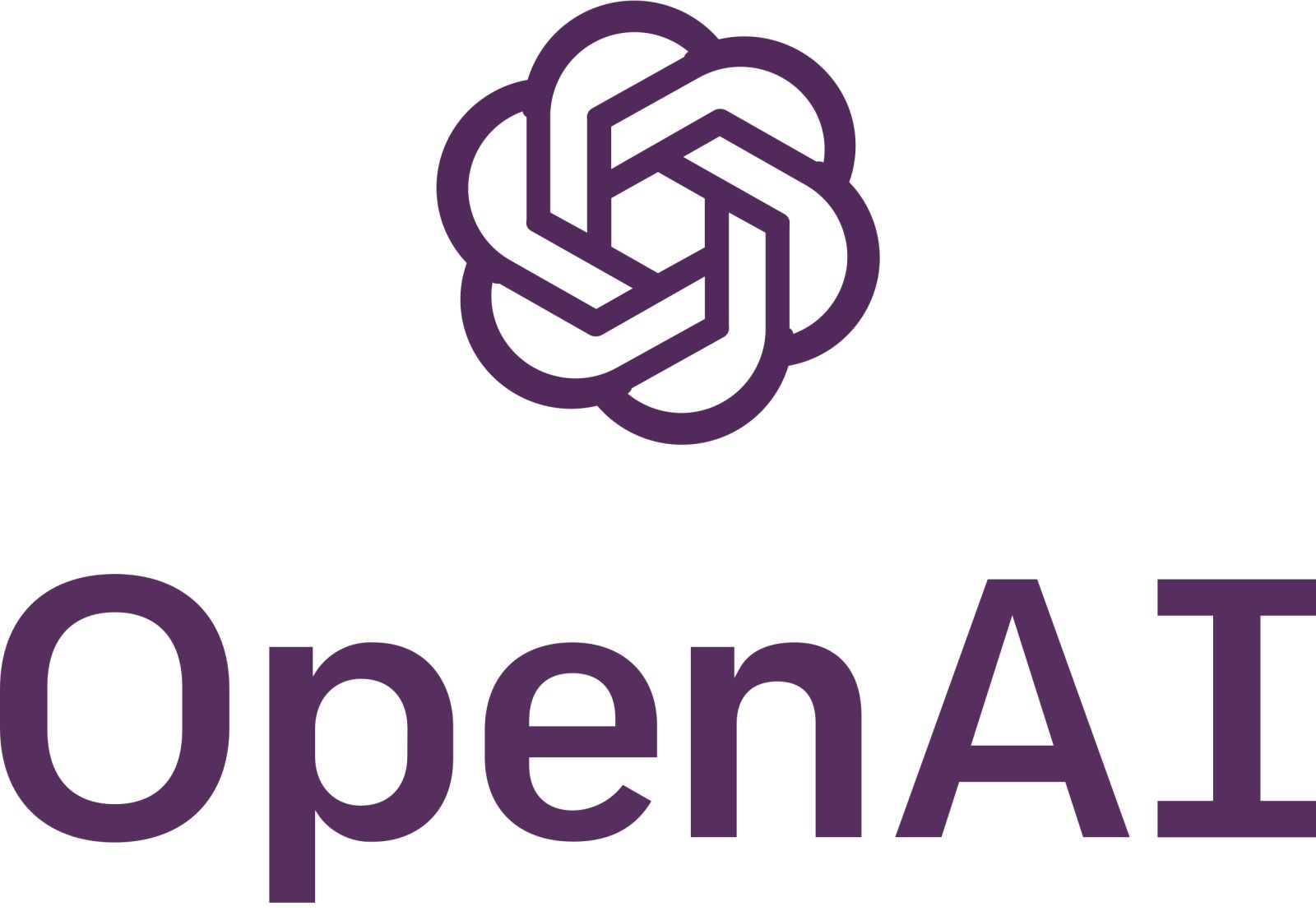Introduction
GPT-5 prompt engineering is the practice of designing instructions to obtain more accurate and useful responses. This guide summarizes six operational rules from an official note, especially relevant for coding, agents, and development workflows. The aim is to provide concrete advice to improve output quality, reliability and efficiency without introducing information beyond the source.
Context
GPT-5 demonstrates improved instruction-following; to harness this requires precise prompts. The source highlights how clearer prompts avoid conflicting instructions and recommends structuring context and constraints to guide the model.
GPT-5 prompt engineering best practices
The six main recommendations are:
- 1. Be precise and avoid conflicts: do not give ambiguous or contradictory directions because GPT-5 tends to execute instructions literally.
- 2. Set the right reasoning effort: pick low/medium/high effort based on task complexity; use high effort for complex problem-solving.
- 3. Use XML-like structured syntax: providing tagged blocks (e.g., rules, roles, output format) helps the model parse context and responsibilities.
- 4. Avoid overly firm language: excessively forceful commands can make the model overdo actions; prefer clear but measured phrasing.
- 5. Allow planning and self-reflection: asking the model to internally plan or reflect before acting improves zero-to-one tasks and rubric-based solutions.
- 6. Control agent eagerness: specify a tool budget and when to be less or more proactive to prevent unnecessary calls or steps.
The problem / challenge
The issue with GPT-5 is ensuring outputs are not only richer but aligned with practical needs: preventing inconsistent responses from conflicting prompts, balancing reasoning depth and speed, and stopping agents from performing unneeded external actions.
Solution / approach
Apply the rules together: structure prompts with XML-like blocks for goals, constraints, and output format; declare the reasoning level; request an internal planning step before the final output. For automated agents, include a tool budget and fallback rules to limit undesired actions.
Conclusion
Following these six recommendations helps leverage GPT-5 capabilities in coding and agent workflows: clarity, structure, reasoning control, and eagerness limits reduce mistakes and unexpected outcomes. Consistent application improves repeatability and reliability.
FAQ
Practical Q/A about GPT-5 prompt engineering:
- How do I measure the effectiveness of a GPT-5 prompt for coding? Measure functional correctness, clarity of generated code, and adherence to constraints; use automated tests and real use cases for validation.
- When should I set a high reasoning effort for GPT-5? Enable it for tasks requiring planning, debugging, or deep problem solving, and avoid it for simple text or format changes.
- Why use XML-like syntax in prompts for GPT-5? To separate roles, rules, and expected outputs; this structure lowers ambiguity and improves context parsing.
- How can I limit an agent’s eagerness using GPT-5? Define a clear tool budget, fallback behaviors, and explicit constraints on external calls.
- Does GPT-5 prompt engineering remove the need for supervision? No; the rules reduce errors but supervision and testing remain necessary, especially in production scenarios.
